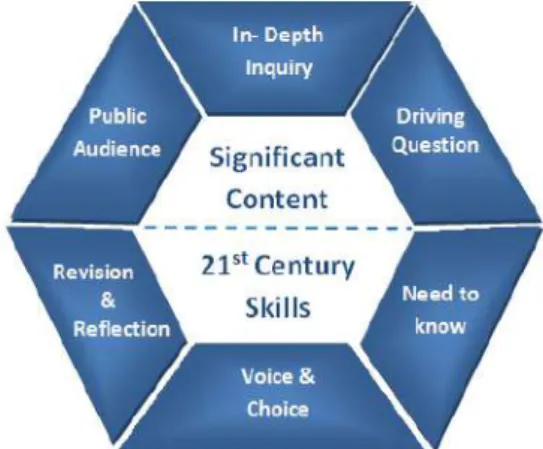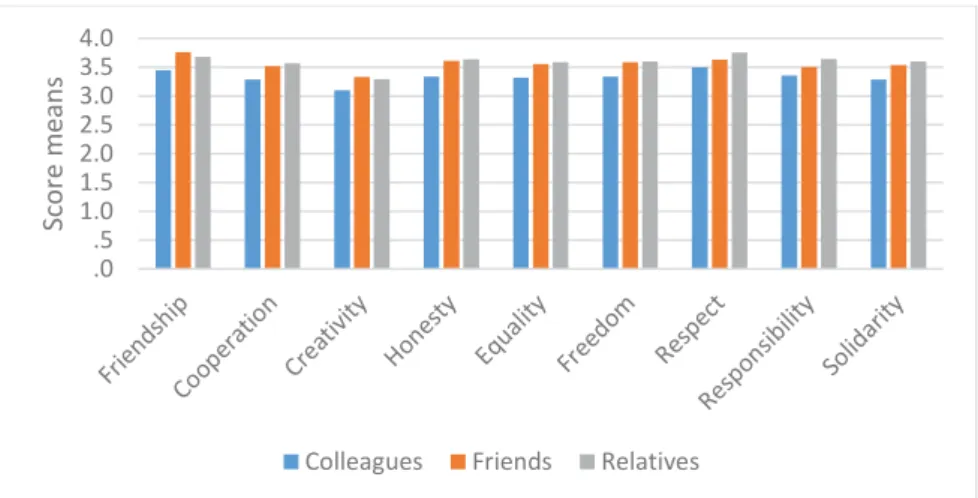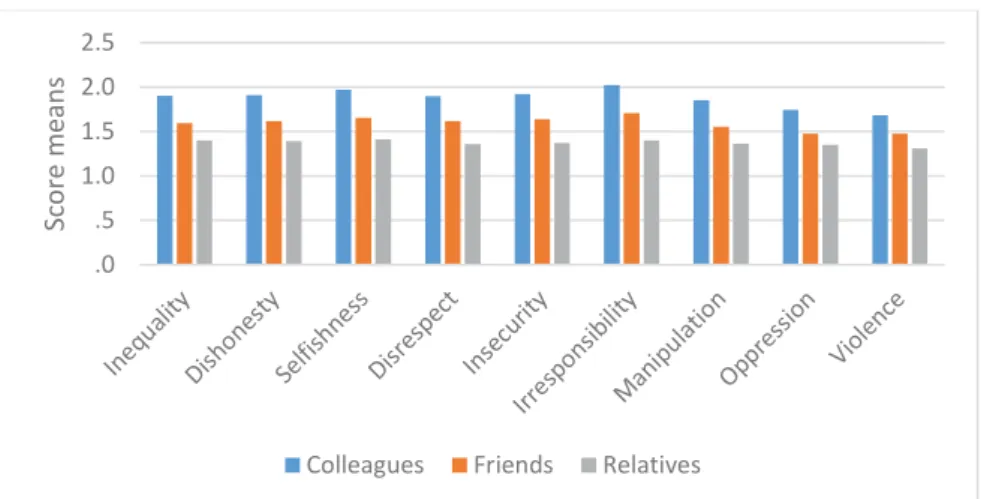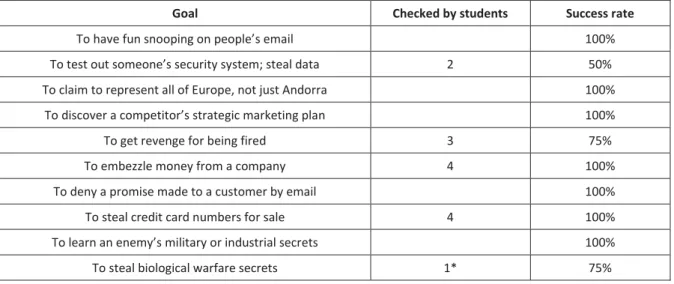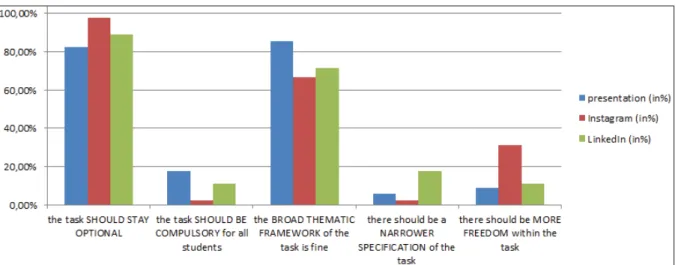Papers submitted to this conference are double-blind peer reviewed before final acceptance to the conference. For the 4th year, the conference also hosted the latest round of the International e-Learning Excellence Awards.
ECEL Conference Committee
Margaret-Anne Houston, Glasgow Caledonian Universtiy, United Kingdom; Rob Howe, University of Northampton, UK; dr. Petia Sice, Northumbria University, Newcastle-upon-Tyne, United Kingdom; dr. Paulino Silva, ISCAP / IPP, Portugal; prof.
Biographies
Conference and Programme Chairs
Keynote Speakers
Tassos Mikropoulos is the founder and president-elect of the Hellenic ICT in Education Association. He was the director of undergraduate and postgraduate courses in computer science at the Hellenic Open University.
Mini Track Chair
He is Professor and Head of the Department of Primary Education of the University of Ioannina, as well as founder and director of "Educational Approaches to Virtual Reality Technologies laboratory-EARTH lab". He was a member of the European Steering Committee for the OpenUpEdu Group on European MOOCs and founder and director of the Software Quality Research Group.
Biographies of Contributing Authors
Josef Malach Associate Professor is the head of the Department of Education and Adult Education at the University of Ostrava in the Czech Republic. Bente Meyer is an associate professor in the Department of Learning and Philosophy, Aalborg University.
Digital Transformation of Education in the Kingdom of Saudi Arabia
Deploying a Country-Wide Learning Management System for K-12 Education
Yousef Al Ohali 1 , Ahmed Al Suhaibani 1 , Nikolaos Palavitsinis 2 and Anastasios Koutoumanos 2
1 TETCO S.A., Riyadh, Saudi Arabia
- Introduction
- Future Gate project overview
- Main beneficiaries and functionalities offered
- Challenges
- Learning management systems
- Infrastructure
- Broadband connectivity
- Interactive projectors and teacher laptops
- Preliminary results
- Key performance indicators
- Usage statistics
- Conclusions and future work
Of course, more in-depth analysis would be needed to make stronger claims related to the use of the LMS. The results of Table 9 show that the use of the LMS in the three regions is quite different.
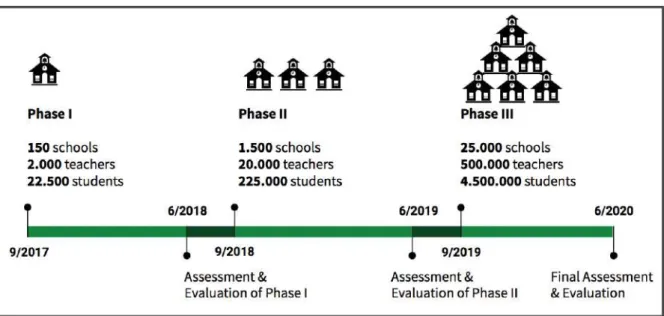
This paper briefly outlines the Future Gate project and offers an overview of the various activities it supports. The scope of the project adds to the complexity of the challenges, but their origins are more or less similar.
Gamified Project Based Learning Environment for Motivation Improvement
Angeliki Alafouzou, Dimitra Lamprinou and Fotini Paraskeva Department of Digital Systems, University of Piraeus, Greece
Theoretical background
- ARCS motivational model
- Gamification
- Project Based Learning (PBL)
The use of game mechanics, dynamics and frameworks to promote desired behavior (Lee & Hammer, 2011). According to them, Gamification is defined as "the use of game elements and game design techniques in non-game contexts".
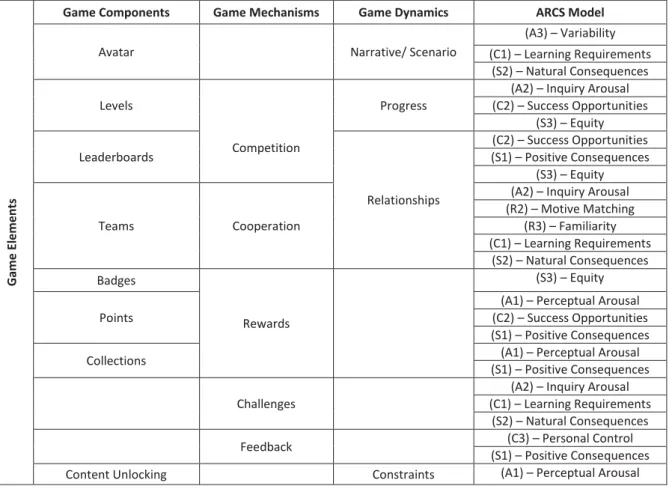
Method
- Instructional design
- Moodle customization
The table above (Table 3) describes the incorporation of the strategies and techniques of the ARCS model into the characteristics of PBL, which follows the steps of the course design to improve student motivation. For the needs of the instructional design that promotes motivation, we use a series of Moodle activities, resources and plugins that meet the techniques of the ARCS model, the PBL features, as well as the gamified elements of the gamified e-course.
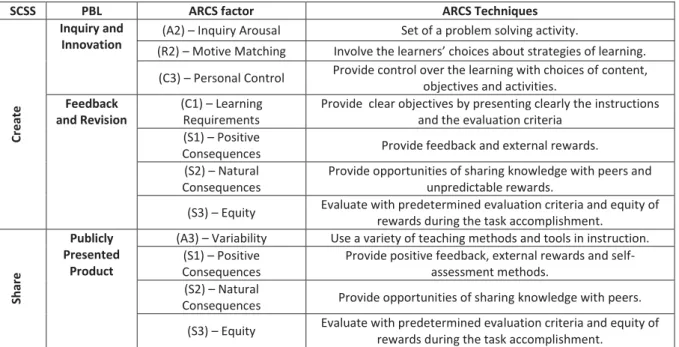
Conclusion and future work
Blumenfeld PC, Soloway E, Marx RW, Krajcik JS, Guzdial M, Palincsar A. Motivating project-based learning: supporting doing, supporting learning.'. Handbook of project-based learning: A guide to standards-focused project-based learning for middle and high school teachers (pp.
Digital Literacy and Undergraduates’ Values
Paulo Alves 1, 2 , Carlos Morais 1,3 , Luísa Miranda 1 , Paula Renés Arellano 4
1 Instituto Politécnico de Bragança, Portugal
2 Research Centre in Digitalization and Intelligent Robotics (CeDRI), Instituto Politécnico de Bragança, Portugal
3 CIEC – University of Minho, Braga, Portugal
- Digital literacy and values on the internet
- Digital literacy
- Social values on the Internet
- Methodology
- Results
- Undergraduates’ digital literacy
- Undergraduates’ perception of the attention given to social values and counter-values when communicating online
- Conclusions
Approximately how many hours per week (7 days) do you use the Internet?' The analysis of the answers. For each of the analyzed social values, the undergraduates give them more attention when communicating online with friends and family than when communicating with colleagues.
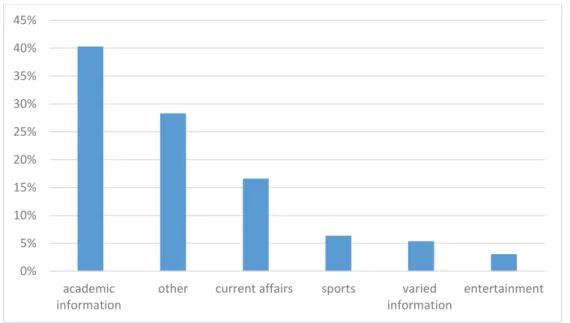
Teaching Aspects of Cybersecurity Through a Movie
Antonios Andreatos
- Video in education
- Movies in education
- Research planning
- Research instruments
- Research questions
- Sampling procedure
- Validity
- Research results
- Results from the questionnaire
- Rating the movie
- Results from the interview
- Weaknesses and limitations of this work
- Conclusion
Some of the research questions related to the technical nature of cybersecurity, while others related to the part not covered in the syllabus, namely the psychosocial aspect. Although an adequate sample of the target population participated in this study (44.4%), the entire class consisted of only nine students, a fact that limits the generalizability of the study results (Price and Murnan, 2004; USC Libraries Research Guides, 2018 ).

The use of web Technologies in Mobile Devices to Support Students Education
Isabel Araújo and Pedro Miguel Faria
ICT and higher education
- The role of ICT in education
- Application of ICT to support the teaching and learning processes
Therefore, it is essential that students are able to solve problems, work with challenges and with diversity, according to the Industry 4.0 paradigm. In order to strengthen it, it is essential that teachers know the theories of learning, but more than that they carry out the practice, according to the latest theories of teaching and learning.
ESTG-IPVC web educational platforms
It is important to remember that the goal of information is to become an object of learning, taking into account the educational functionality. In addition, it is observed that only a few students who attend formal classes achieve better results.
The Higher M@T-EduTutor platform
- Analysis
- Design
- Development
- Implementation
- Evaluation
In the implementation phase, it was decided to verify the relevance of the eLearning platform for the students. In this way, it was possible to exemplify the use of the developed platform through a practical example.
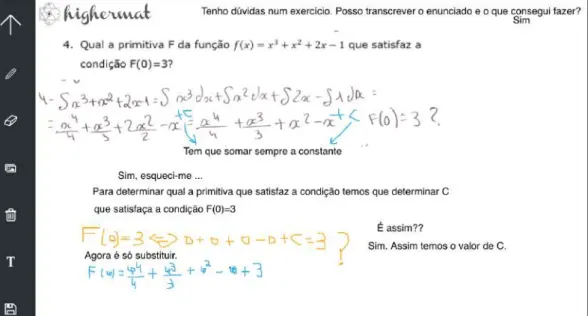
Performance Forecasting of University Students Using Machine Learning 1
Ema Aveleyra, Melisa Proyetti and Diego Racero
Methodology and development
- Learning analytics
- Keras
- Code implementation
The secondary sample, which is used to predict the result of the second exam, consists of 46 students. The Bucketize function, with the scores from the first partial exam, is used to form a tensor that divides the scores into three categories.
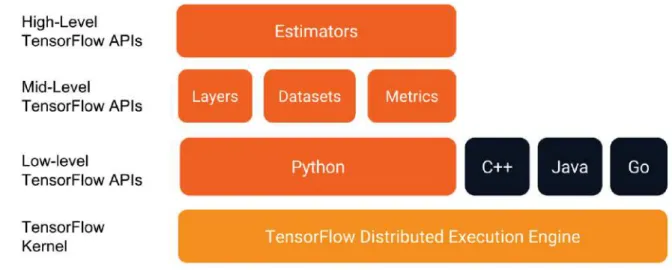
Results
The test values are introduced in the same way as the training values, for which two categories are defined (0 = fail, 1 = pass). Once the model is trained with the training and testing sets, five features are introduced into the unlabeled tensor formed by the students' evaluations of the real subject.
Conclusions
Finally, the chosen model must analyze the data and divide it into datasets of training and testing, which will be formed taking into account different parameters and will draw conclusions in terms of the results of the unlabeled set. The nature of the model can be considered in the way that it only assesses students within the subject.
Student Engagement and Perceptions of Quality in Flexible Online Study Programs
Anders Henrik Bendsen, Jeppe Egendal, Vibe Alopaeus Jelsbak, Maibrit Kristensen, Thomas Raundahl Mikkelsen and Niels Jakob Pasgaard
- Setting
- Method
- Empirical background
- Data collection
- Data analysis
- Findings
- Social engagement
- Academic engagement
- Guidance and feedback
- Retention
- Structure, flexibility and quality
- Discussion
- Social engagement
- Academic engagement
- Academic guidance and feedback
- Retention
- Structure, flexibility and quality
In this study, we are interested in the importance of educational design on student engagement. An interpretation of the students' opinions was then carried out based on the expressions in the interviews (Kvale and Brinkmann, 2009).

Pavel Brebera
Variability of language learning contexts in higher education
The fields of e-learning and blended learning show enormous potential in terms of integrating different types of language learning contexts and providing opportunities for applying deep learning approaches. Thus, the nature of learning objectives continues to appear to be at the center of the e-learning and blended learning educational discourse.
Empirical evidence
- Research context and methodology
- Research results
Just like the participants of the informal learning project, also some representatives of formal learning project, i.e. A high level of acceptance of the LinkedIn task demonstrated by its participants in a quantitative survey was also confirmed in the qualitative analysis.

Conclusion
Attaining 21st Century Skills Online: A Programmatic Approach
James Brunton, Eamon Costello, Orna Farrell and Noeleen O’Keeffe Dublin City University, Ireland
- Teaching and learning model
- Learning outcomes and a programme-focused assessment strategy
- The assessment matrix
- Professional development for assessment developers
- Technology enhanced assessment methods
- Communication
- Summary
See Table 3 below for an example of assessment information relating to two modules in the Philosophy subject stream. Such challenges must be overcome to ensure that the assessment matrix can be an effective part of the teaching and learning processes in the programme.

The Role of Visualizations for Digital Learning Designs in Collaborative Group Work
Mie Buhl
- Visualizations as a concept for social image making
- The practicing of visual learning
- Methodology
- Findings
- How the students made visualizations
- How students used visualizations for different purposes
- How the visualizations interacted with the knowledge generation in the group process
Finally, we looked at how the visualizations and knowledge generation in the group interacted in different phases of the design process. Proposing a Principle for Learning Design”, Læring LOM, Vol. 2008) "Social Studies of Scientific Imaging and Visualization", in Hackett, E. The Handbook of Science and Technology Studies.
Blended Learning Strategies for Successful Language Acquisition
Ivana Cechova, Daniela Skybova and Radka Koukalova University of Defence, Brno, Czech Republic
- Blended learning
- Unique features of language studying at the University of Defence
- English for the Army course
- Discussion Club
Kay Baldwin-Evans, (2006) writes, "The ideal blended learning model is one that integrates a wide range of features that give students more control to engage in numerous formal and informal learning activities." 2002) "The role of ICT in higher education in the 21st century: ICT as a change agent for education", [online].
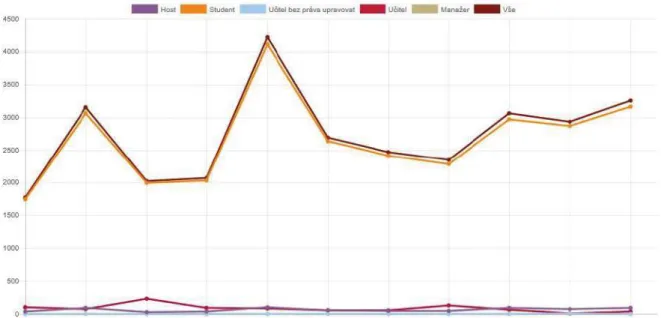
Endpoint: Insights for Theory Development in a Blended Learning Program in Chile
Paula Charbonneau-Gowdy and Jessica Chavez Universidad Andres Bello, Santiago, Chile
Theoretical framework
- Macro –level context
- Meso-level context
- Micro-level context
- Research design: Micro - level inquiries
- Data analysis: Micro-level inquiries
Extensive reports of the initial inquiries can be found in the previously published articles listed above. In the meantime, a survey was conducted between August and November 2017 on the perception of the BL program among students (Chavez, 2018).
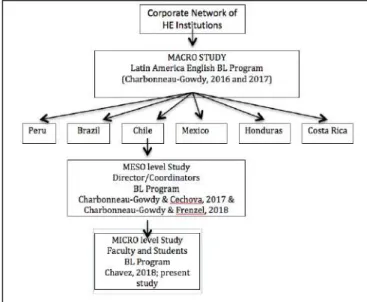
Analysis and findings
A sense of stepping forward and stepping back characterized many of the opinions of the participants participating in the student-centered study (Chavez, 2018) in the same BL program. As a result, a lack of commitment and investment characterized many students in the group when faced with the requirements of the BL course.
Discussion
So, unlike younger students in the BL program, this particular profile of students brought with them a certain openness to work towards and invest in that goal. Yet, to be successful in the program, learners were forced to accept these kinds of behaviors and passive learner identities.
Improving Learners’ Inclination to Complete Online Courses
Motivation and Engagement Factors
Lee Yen Chaw 1 and Chun Meng Tang 2
1 UCSI University, Malaysia
- Research background
- Massive open online courses
- Learning motivation and engagement
- Research model
- Data collection
- Data analysis and results
- MOOC experience
- Confirmatory factor analysis
- statistics P-values Positive
- Discussion and conclusion
Inter-item correlation analysis was first performed on all first-order reflective constructs to check for parsimony on the scale (Gable et al., 2008). Martin et al., 2018) that the scaling reliability and validity of the MES constructs were evident.
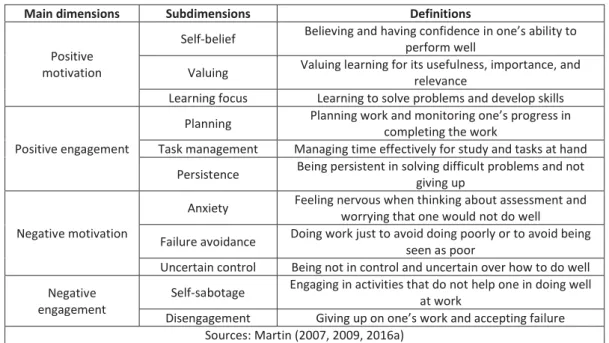
Textbook Costs and Accessibility: Could Open Textbooks Play a Role?
Eamon Costello, Mark Brown, James Brunton, Richard Bolger and Tiziana Soverino Dublin City University, Dublin, Republic of Ireland
- Formulating a response
- Overview of phases one and two: Textbook cost and availability empirical investigation
- Design of phase three: Participant perception of textbooks
- What needs do lecturers have around textbooks?
- Focus group design
- Conclusion
Understand the importance to students and academics of traditional print versus digital textbooks. Then we will focus on the design of phase three of the project.
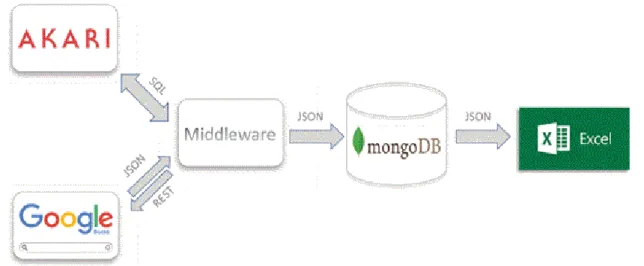
Appendix A
2014) “Engagement through partnership: students as partners in teaching and learning in higher education”, HEA, York. 2010) "The four 'Rs of openness and ALMS analysis: frames for open education sources", Open Learning, Vol 25, No. 2008) "History and Emergent Paradigm of Open Education". eds) Open education and education for openness, Sense Publishers, Rotterdam.
Matching Audience With Game Elements for Maximum Engagement
Reet Cronk
- Introduction and overview
- Background of research
- Aim and research questions
- Research design
- Data collection and analysis
- Synthesis preparation - literature review
- Research question 1 What motivates gen Z (and millennial) students to action?
- Research question 2: Are any of these (motivators) characteristics amenable to gamification?
- Synthesis refinement findings (research question 2)
- Conclusions and suggestions for further research
Rewards can also take the form of satisfying other needs or exploiting other motivators such as individuality and self-expression. Exploring the feasibility of theory synthesis: A working example in health-related risk-taking.

A Supportive Web-Based Tool for Learning Basic Data Modeling Skills
1 University of South-Eastern Norway, Porsgrunn, Norway
2 University of South-Eastern Norway, Bø, Norway
- Related work
- Introducing LearnER
- Method
- Survey
- Interviews
- Results
- Usage patterns – when and how do students use LearnER?
- The exercises – are they useful and of reasonable difficulty?
- Feedback comments – are they adequate and at an appropriate level?
- Gamification mechanisms – do they contribute to learning?
- Suggestions for improvement
- Discussion
This paper is mainly concerned with pedagogical aspects related to the use of the system. Also, some students tried to interpret the script texts correctly: “the hard part is [analyzing] the actual text of the script”.
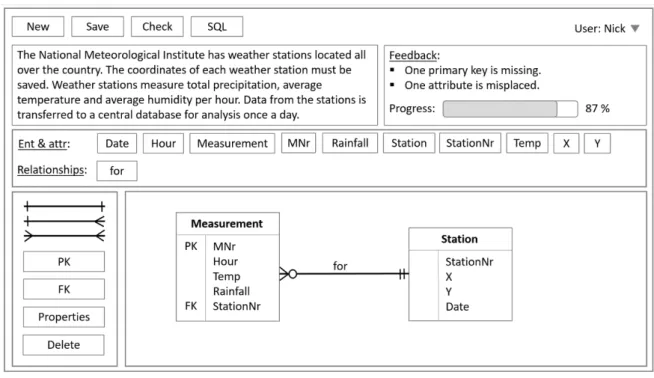
Acknowledgements
Innovation Colours: The Iterative Design and Evaluation of a Web- Based Card Game for Supporting Soft Skills
Georgios Danezis 1 , Maria Roussou 1 and Vali Lalioti 2
1 Department of Informatics and Telecommunications, National and Kapodistrian University of Athens, Greece
The design of the digital innovation colours
- Design iterations
The coexistence of all these elements is examined through successive stages of the game. Thus, the presentation was modified to refer to the player's two most dominant colors.
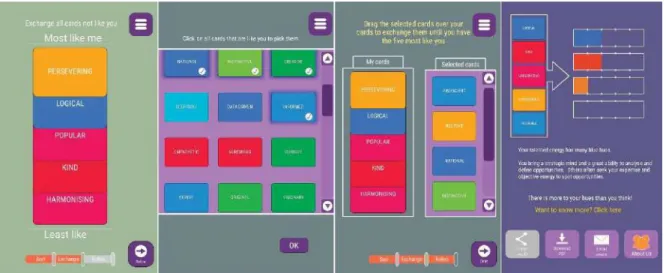
Evaluation
- Participants and procedure
- Method
- Findings
These and other changes had a significant positive effect on users' experience and overall perception of the game. All players managed to complete the game within the allotted time and almost all indicated that they clearly understood the main and secondary objectives of the game and of each phase.
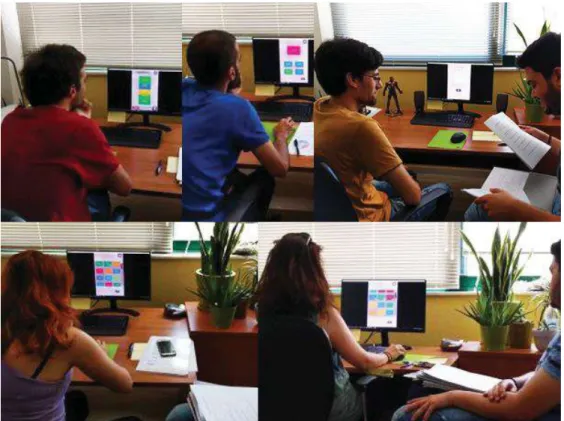
Conclusions and future work
The Art of Game Design: A Book of Lenses 1. udg., Burlington, MA, USA: Morgan Kaufmann Publishers. Interview Techniques for UX Practitioners: A User-Centered Design Method 1. udg., Morgan Kaufmann Publishers Inc.
A Cloud Management Case-Based Teaching System for Radiology
Souâd Demigha
- Objectives
- Components and classification of “Cloud Computing”
- Components
- Classification
- Benefits of "Cloud Computing” systems in radiology
- Representing complex data using a cloud approach
- Representing of raw data using a cloud approach
- Design of the CBR Cloud Computing System
- General architecture of the system
- Design of the CBR Cloud Computing System
- Methodology
- Discussion and conclusion
In this article we will describe the needs and requirements that enable the development of a "Cloud Computing" system in radiology. Incorporating Autonomous SOA Framework into Cloud Computing”, Cloud Computing and Social Networking (ICCCSN), pp.
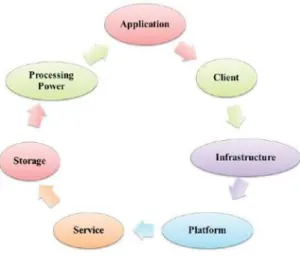
Using a Paper Based Simulation: Preparing Students to Engage in Online and Blended Group Based Learning
Martina Doolan
The case study
The students had to write individually on the post-it notes and post their contribution on the A1 paper simulating a discussion board. The content on the post-it note acted as a message or an answer to a question posted by another member of the group.

Findings and discussion
Interestingly, most of the contributions made by students in relation to the knowledge and support needed are mainly about study skills and relationships with people, as well as with themselves, e.g. College of the Bahamas, Nassau: Bahamas p. 2016) 'Repurposing the Learning Environment: Using Robots to Engage and Support Students in Collaborative Learning through Assessment Design.
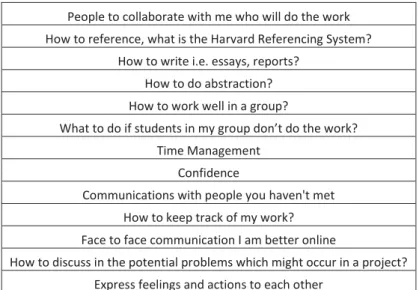
Digital Pedagogical Signature: Enhancing the Pedagogy of the Profession
Dorina Gnaur
- The case for digitally enhanced learning designs
- The role of pedagogical philosophy in designing for (online) learning
- Towards a digital pedagogical signature, DPS
- A hybrid interaction model for learning with praxis
- A co-creative design for learning
- Conclusions and lessons learnt
This philosophy echoes the qualifying, social and subjective functions of education mentioned by Biesta (2015) – the latter in its strong emphasis on the unique value of action competence. This capitalized on the existing pedagogical model, i.e. the study-action model, offering a sustainable alternative to fulfill the original aim of providing a pedagogical support of full-cycle learning.
Building a new Community Around a Platform for Developing PBL Competences
Dorina Gnaur 1 and Hans Hüttel 2
1 Department of Learning and Philosophy, Aalborg University. Denmark
- Competence development through communities of practice
- PBL and the challenges of developing PBL supervision competences
- Design-based research (DBR)
- The design of PBL Exchange
- From online crowdsourcing platform to crowdsourced community of practice
- Reconciling PBL Exchange with existing informal CoP’s
- The importance of permanence
- Conclusions and ideas for further work
There are still relatively few active users of PBL Exchange at the time of writing. Indeed, one aspect of the PBL Exchange that drastically improves existing informal CoPs is its permanence.
Digital Storytelling in Teacher Professional Development
Birgitte Henningsen and Rikke Orngreen
- Theoretical framework and practitioners’ documented experiences
- What do you want to tell? In the very beginning, you need to find out and clarify what your story is about
- Add your emotions. Once you identify the emotions in your story, you can decide which emotions you would like to include in your story and how you would like to convey them to your audience
- Add sound
- Research design and context
- Empirical findings
- Discussion, conclusion and future perspectives
In the workshop, the teachers initially investigated and identified aspects of their individual science teaching practice. Both teachers described how they were motivated to work together in the future.
Connectivism in Elementary School Instruction
Zuzana Homanova, Tatiana Prextova and Libor Klubal University of Ostrava, Ostrava, Czech Republic City
Connectivism
